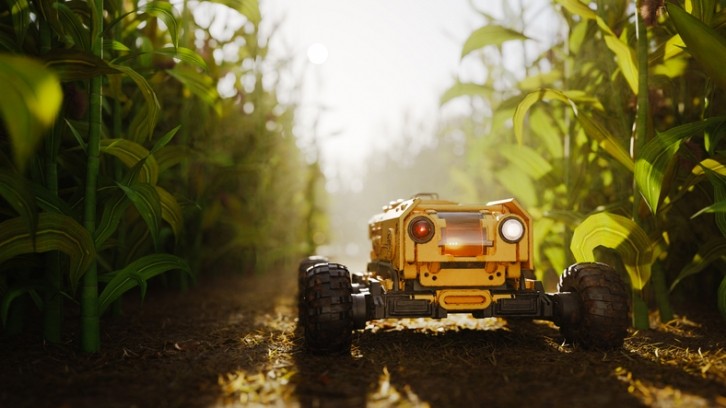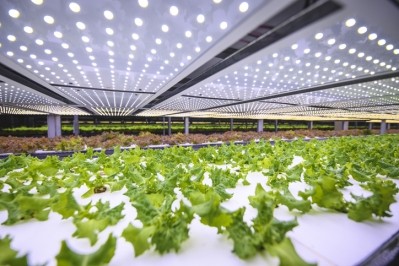Robots won’t replace the tractor anytime soon, says Rabobank

Although some robots have the same functionality as tractors, RaboResearch’s new report called ‘Agtech in focus: Agriculture is driving slowly toward autonomous machines’ does not expect the conventional tractor to be replaced anytime soon.
The global agricultural machinery industry is currently focusing on innovating specific stages of the crop production cycle and gradually developing autonomous capabilities across field operations, the report noted.
At present, however, the global agtech landscape is fragmented, with many startups and various autonomous machines tailored for specific field tasks. Acquisitions and partnerships do offer the industry a way forward and a means to provide more integrated solutions that can be distributed effectively among farmers.
However, safety regulations are a key precondition for wider commercialisation of autonomous machines. While market fragmentation and an underdeveloped distribution network also pose limitations, the primary reason for the delayed uptake is regulatory uncertainty. Industry standards and legal frameworks are currently under development and expected to be in place in the next few years. Though regulations will vary across regions, the core issues to be addressed are applicable across the globe.
The report noted the following developments:
Gradual Development: The global agricultural machinery industry is focusing on innovating specific stages of the crop production cycle and gradually developing autonomous capabilities across field operations.
Benefits of Automation: Automation in farming improves both productivity and sustainability by allowing for faster, more precise operations with reduced resource consumption, including water, fertilisers, crop protection, and energy.
Autonomous Machines: These machines must be capable of stand-alone diagnosis, decision-making, or task performance in changing environments without a human operator or on-site supervisor. Several stages of technological developments must be completed before full autonomy is achieved.
Widespread Adoption: The widespread adoption of autonomous machines will not occur overnight. Farmers require measurable evidence of the advantages these machines offer, and building understanding and market acceptance among potential users will take time.
Safety Regulations: The path to commercializing autonomous machines is shaped by the need for comprehensive industry standards and legal frameworks. Companies must demonstrate the safety of their designs and usage before they can be widely implemented.
Industry Consolidation: The current global agtech landscape is fragmented, with various autonomous machines tailored for specific field tasks. Acquisitions and partnerships are expected to provide more integrated solutions that can be distributed effectively among farmers.
Market Acceptance: Autonomous machines must outperform their conventional counterparts in tasks such as tilling, sowing, plant treatment, and crop harvesting to justify the investment. Incremental advancements of autonomous features for each field task are paving the way for their market acceptance.
Regional Trends: Australia is an important market for global farm machinery companies, with innovative farmers being early adopters of technology to increase efficiency, lower input usage, save costs, and simplify tasks for operators.
Consolidation and collaboration will evolve the market
“Agricultural machinery is becoming increasingly intelligent, but robots are not yet taking over the fields,” the report concluded. The primary reason for the delayed uptake is uncertainty about safety regulations. Companies must therefore prove safety in design and in use before rolling out products to the market.
In a broader context, the complexity of open-field operations necessitates an evolutionary approach of incremental technology development, rather than disruptive revolutionary solutions, it said.
Providing farmers the flexibility to choose their speed and scope of innovation is a crucial aspect of the industry’ approach.
Meanwhile, the Rabobank team anticipates consolidation and collaboration within the agricultural robot segment, which is still in the early phase of commercialisation.
“Robots won’t replace the tractor anytime soon due to its reliability and versatility of use cases,” the report said. “Agricultural robots can serve as an efficient addition on large-scale arable farms, reducing drivers’ hours in the cabin. Specific tasks in labour-intensive orchards and vineyards are also suitable terrain for robotic solutions, even today.”
For wider adoption, Rabobank said, “agricultural robots will need a more fully developed distribution network. For the time being, service and renting contracts, rather than purchase, will be the major disruption model for robots.”

















